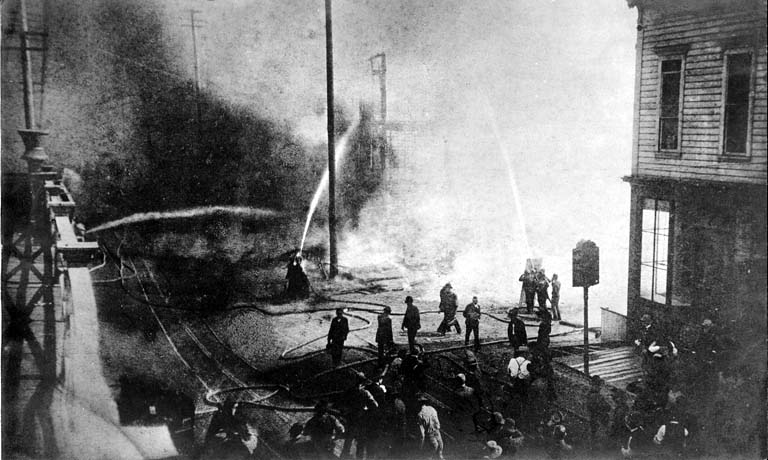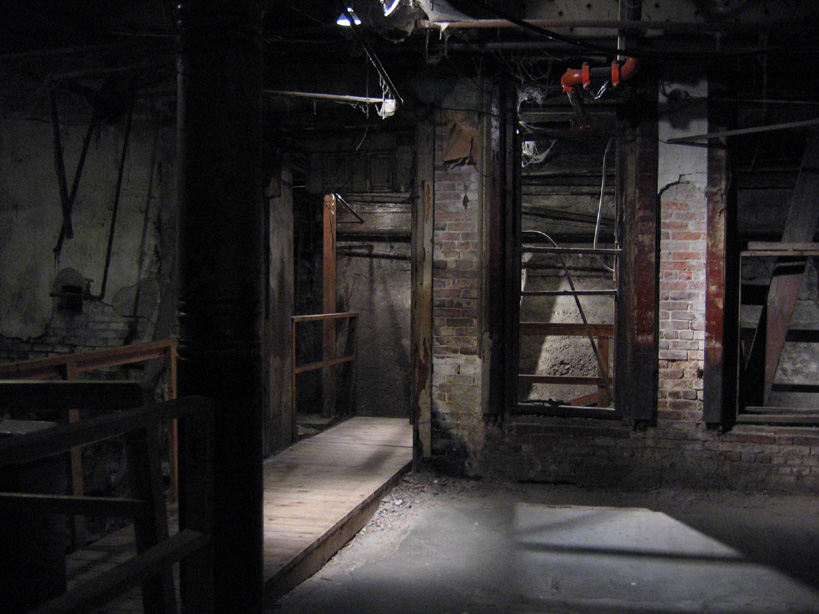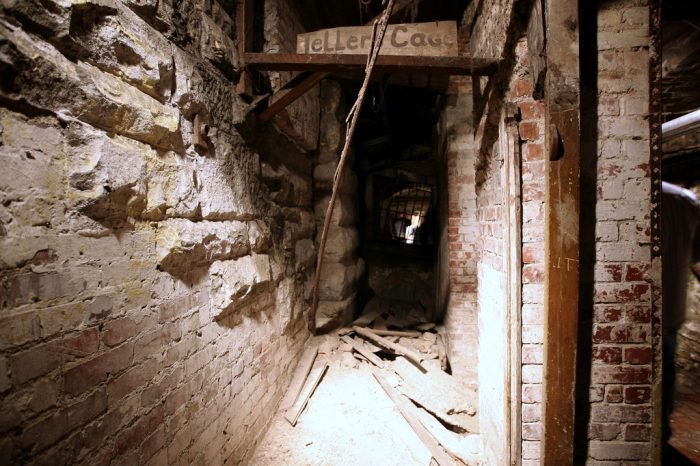I wrote both of my series Illicit Seattle and The Protectors based on a whole lot of history. Greta and her voluptuous Vampire clan were headquartered in a real building that was built in 1890. For more details about the building, see Part 1.
The Great Seattle Fire of 1889 destroyed the entire central business district of Seattle. Because of the easy access to lumber, nearly every building was constructed of the affordable, but combustible timber. Additionally, because the area was at or below sea level, the fledgling town was a frequent victim of massive floods, requiring buildings to be built on wooden stilts. The town also used hollowed out scrap logs propped up on wooden braces as sewer and water pipes, increasing the combustible loading. A combination of ill-preparedness and unfortunate circumstances contributed to the great fire. Seattle’s water supply was insufficient in fighting the giant inferno. Fire hydrants were sparsely located on every other street, usually connected to small pipes. There were so many hydrants in use during the fire that the water pressure was too weak to fight such a massive blaze. Seattle was also operated by a volunteer fire department, which was competent, but inadequate in extinguishing the fire.
The fire would be called the most destructive fire in the history of Seattle.

Seattle quickly rebuilt. New construction was required to be of masonry, and the town’s streets were regraded one to two stories higher. The new brick buildings sat 20 feet above the original street level. This street facade was at street level in the 1880s.

Once the new sidewalks were complete, building owners moved their businesses to the new ground floor, although merchants carried on business in the lowest floors of buildings that survived the fire, and pedestrians continued to use the underground sidewalks lit by the pavement lights (still seen on some streets) embedded in the grade-level sidewalk above. Below, the roof of a building at previous street level; now the top of the glass is walked upon, and forms the current sidewalk.

The current city was built on top of the old, creating a spooky underground area. The Seattle Underground Tunnels are allegedly haunted, and if you’re brave, you can go on a tour through them. Two spots where people have reported paranormal activity are at a former prostitute hangout and a bank vault (below), where some have reported that they can hear disembodied voices. Listen closely, and maybe you’ll hear the vampires and other paranormal Veiled creatures who live down there.

